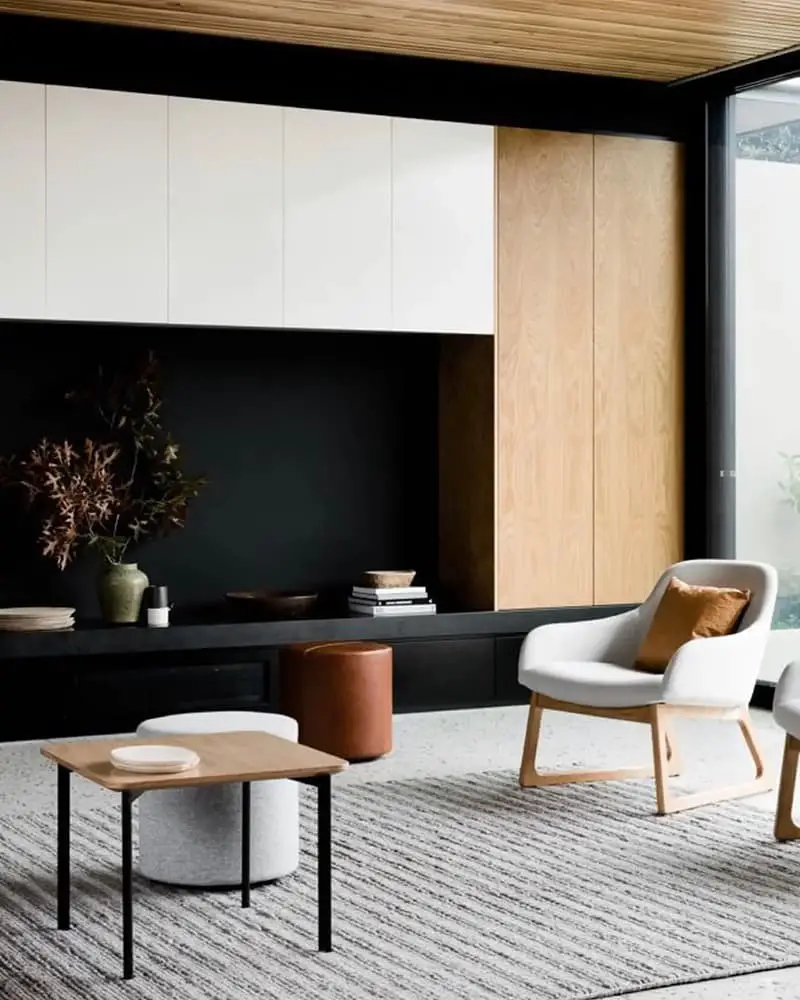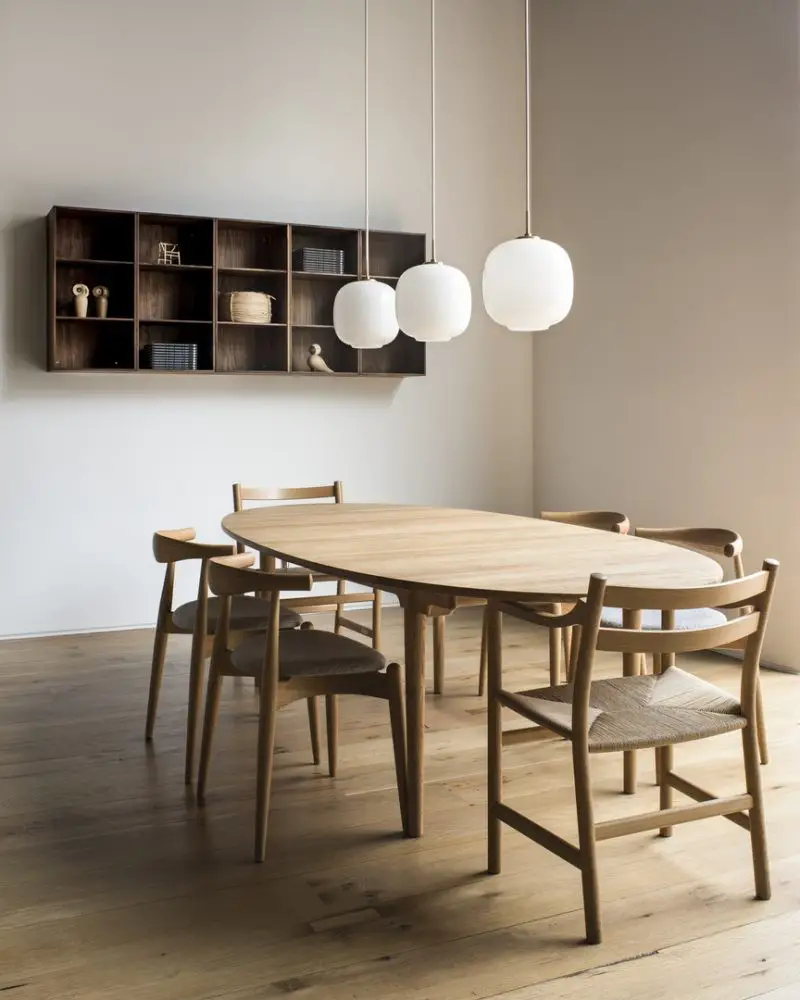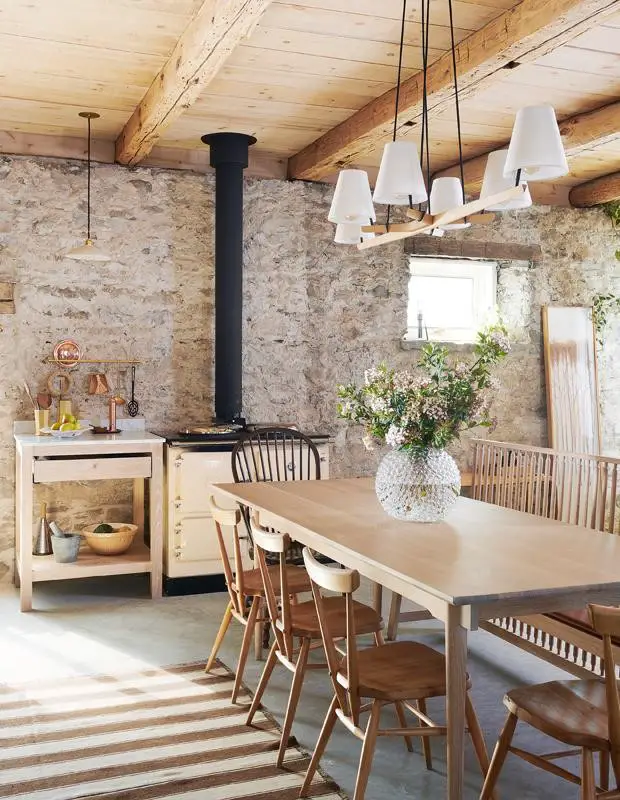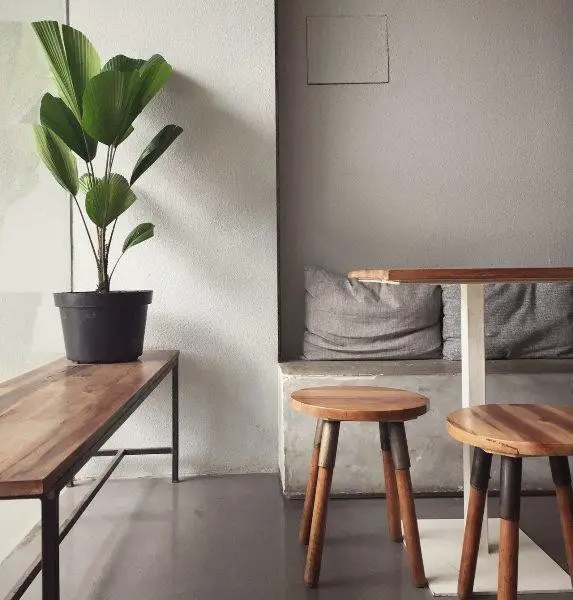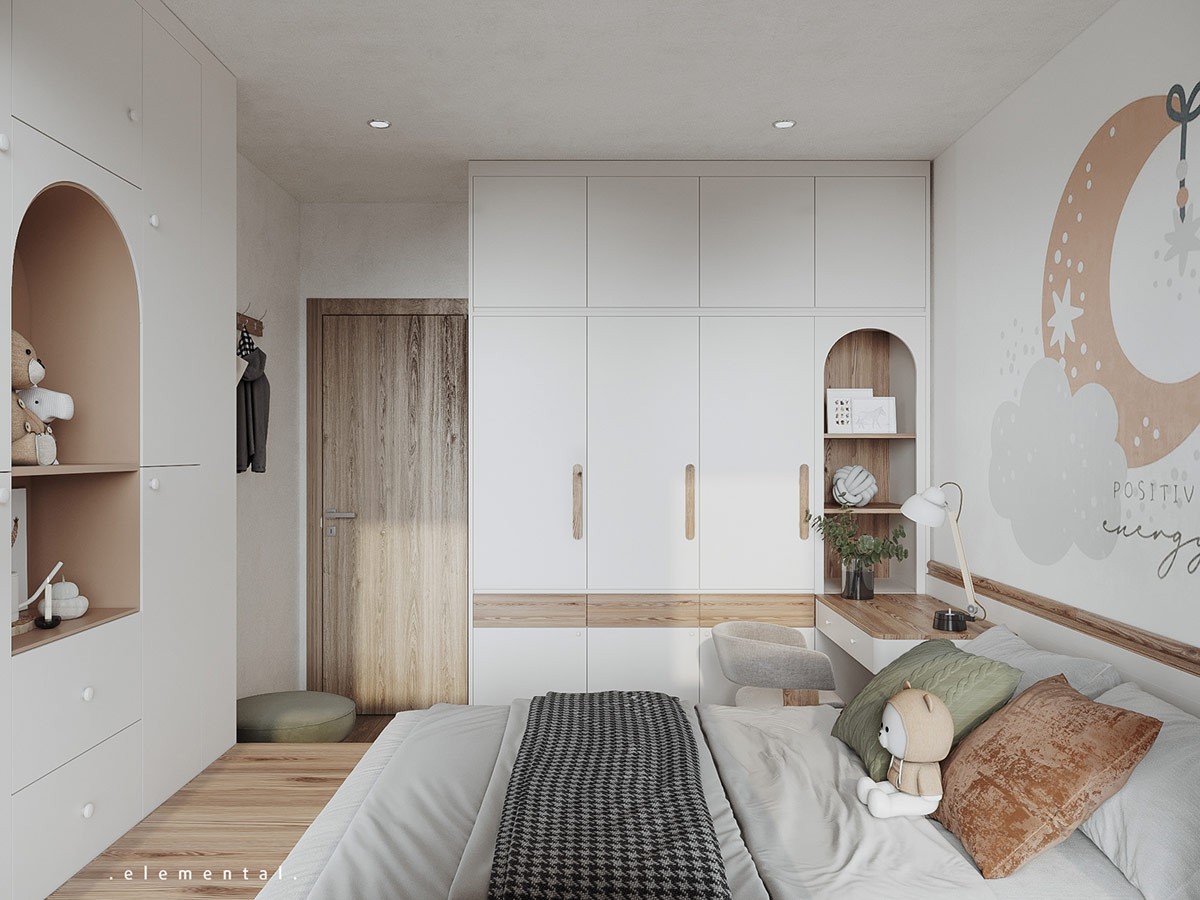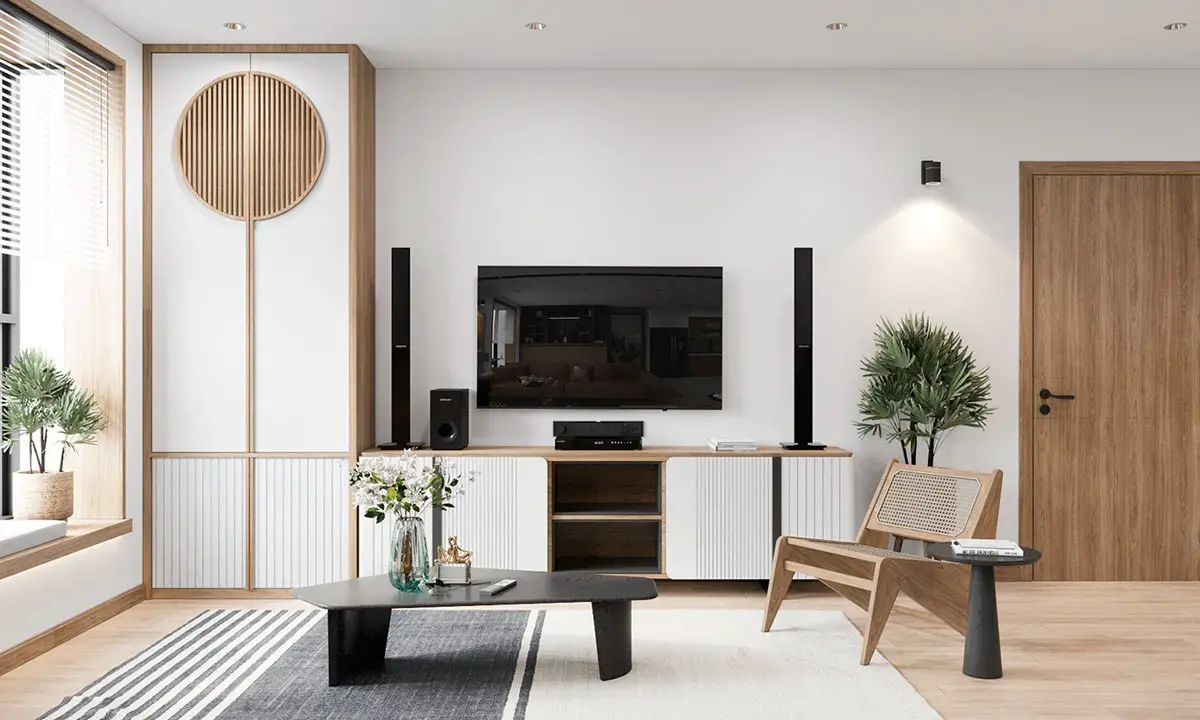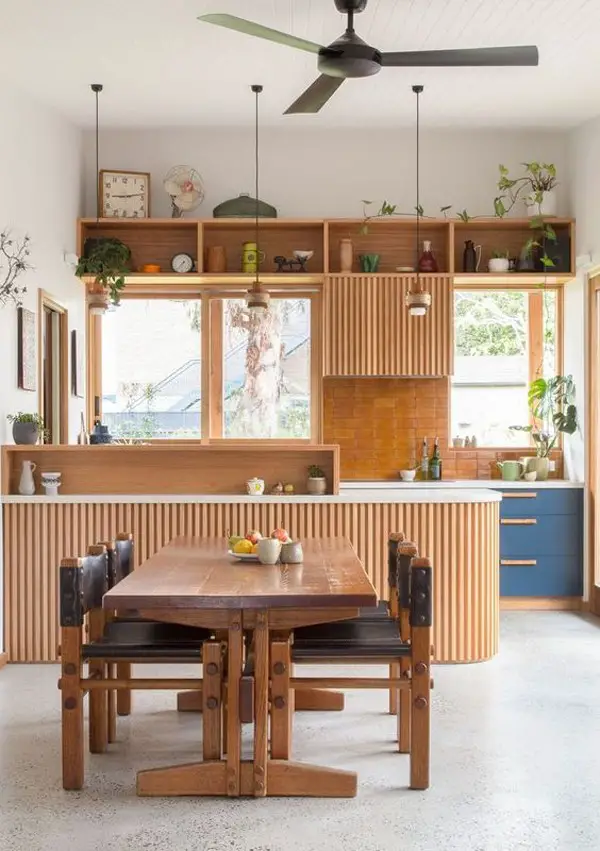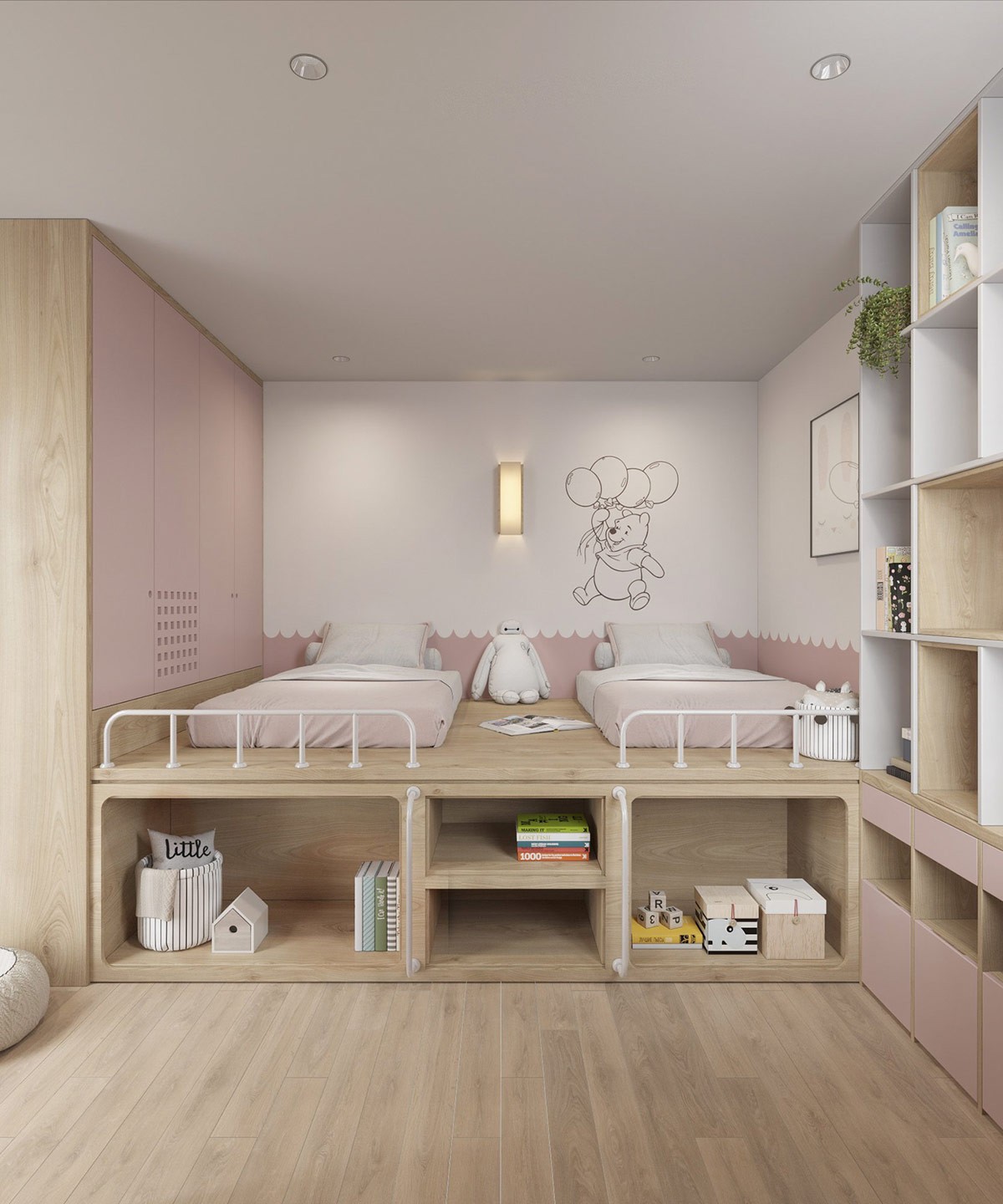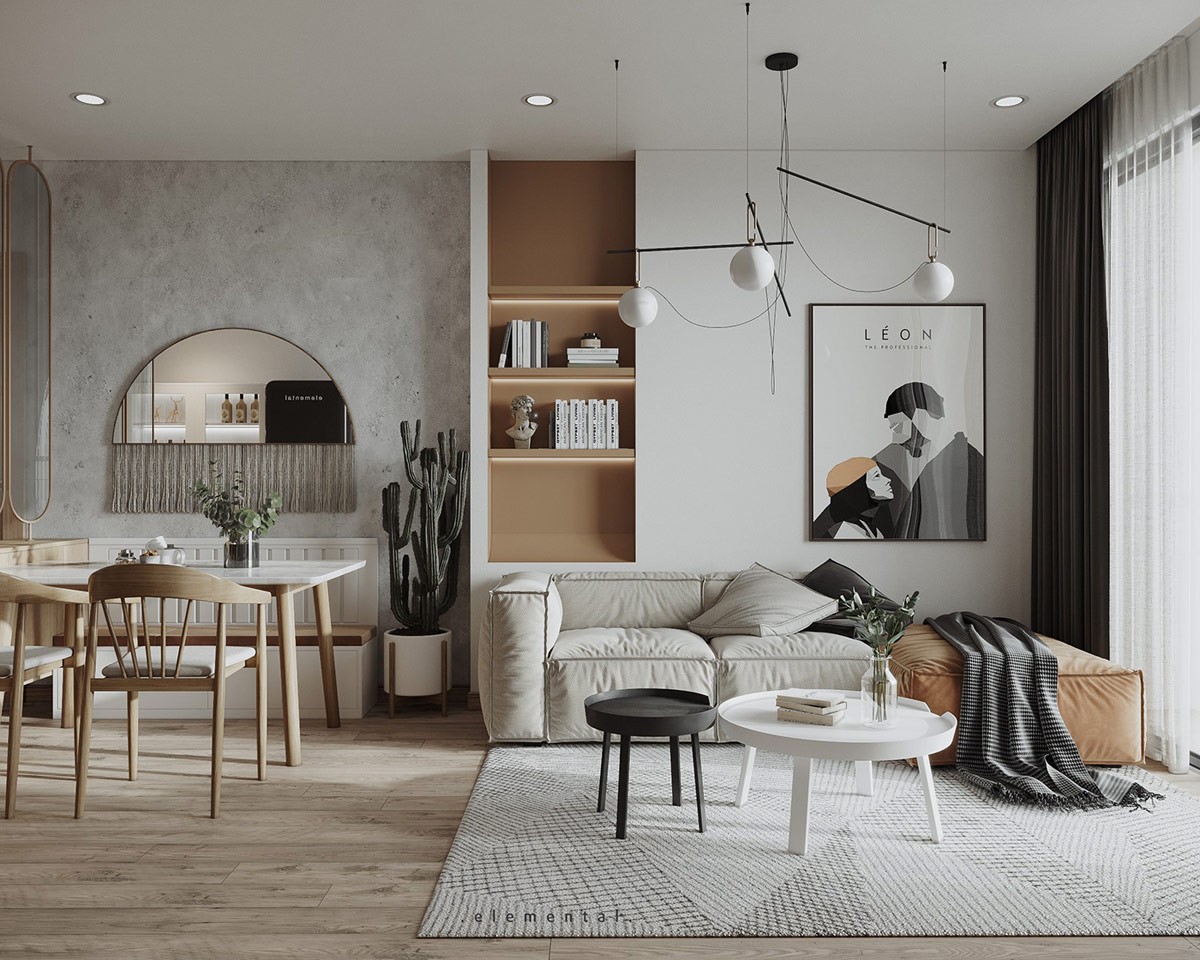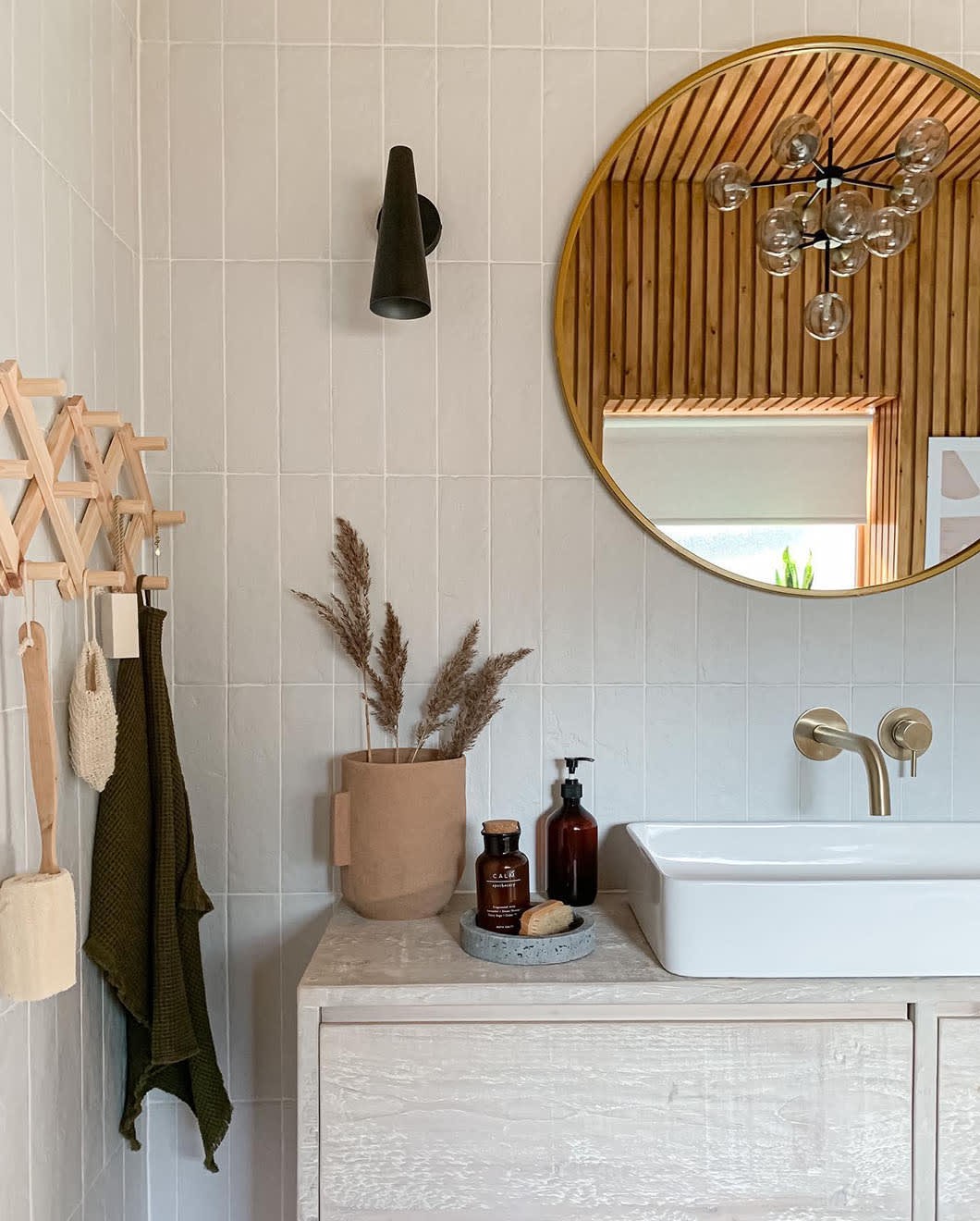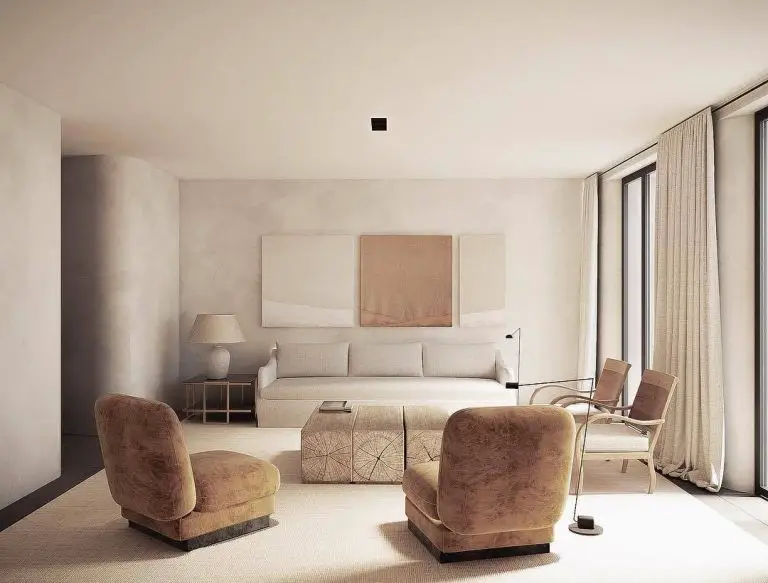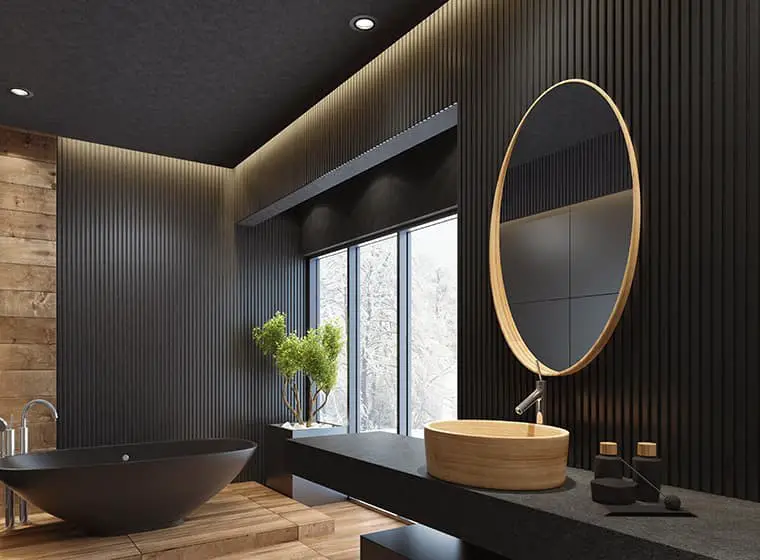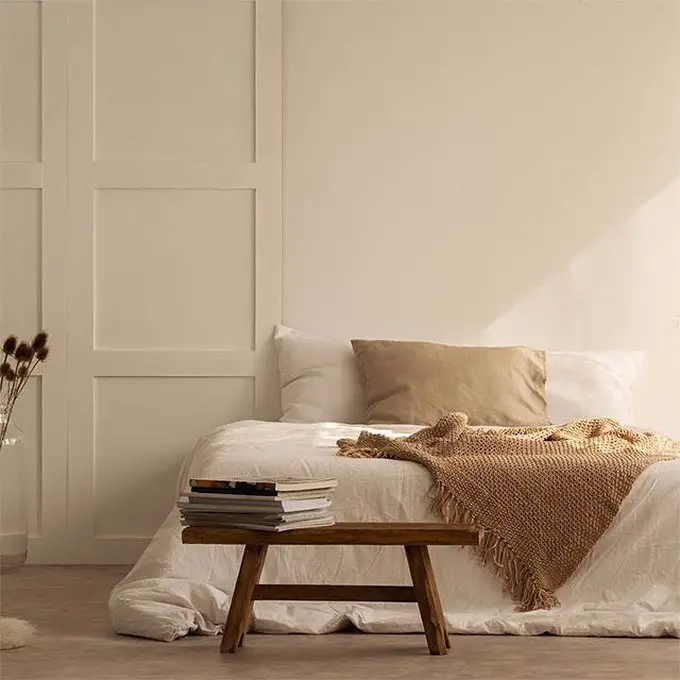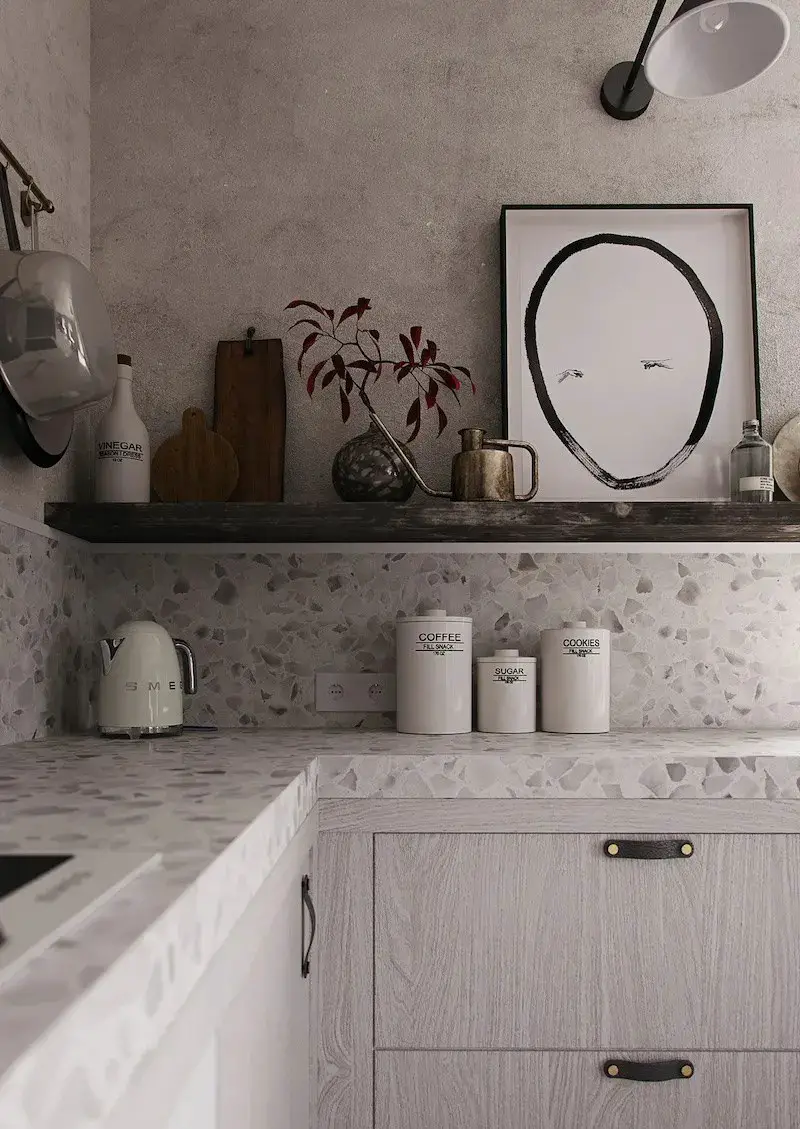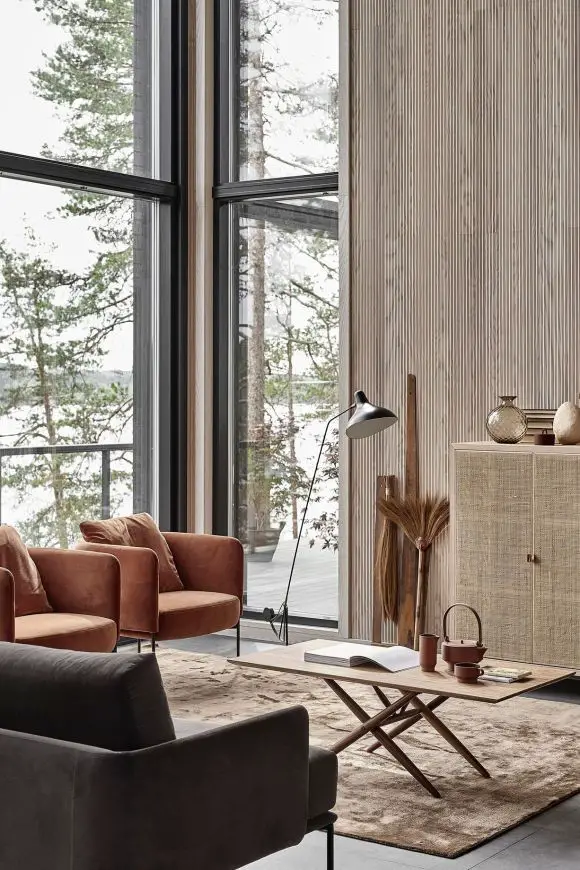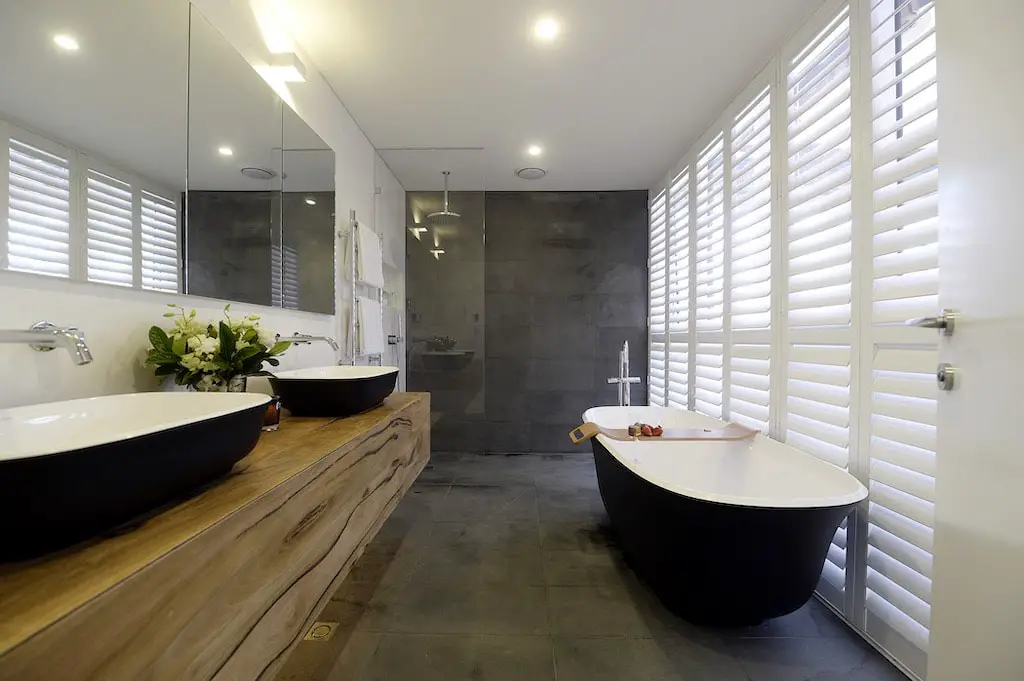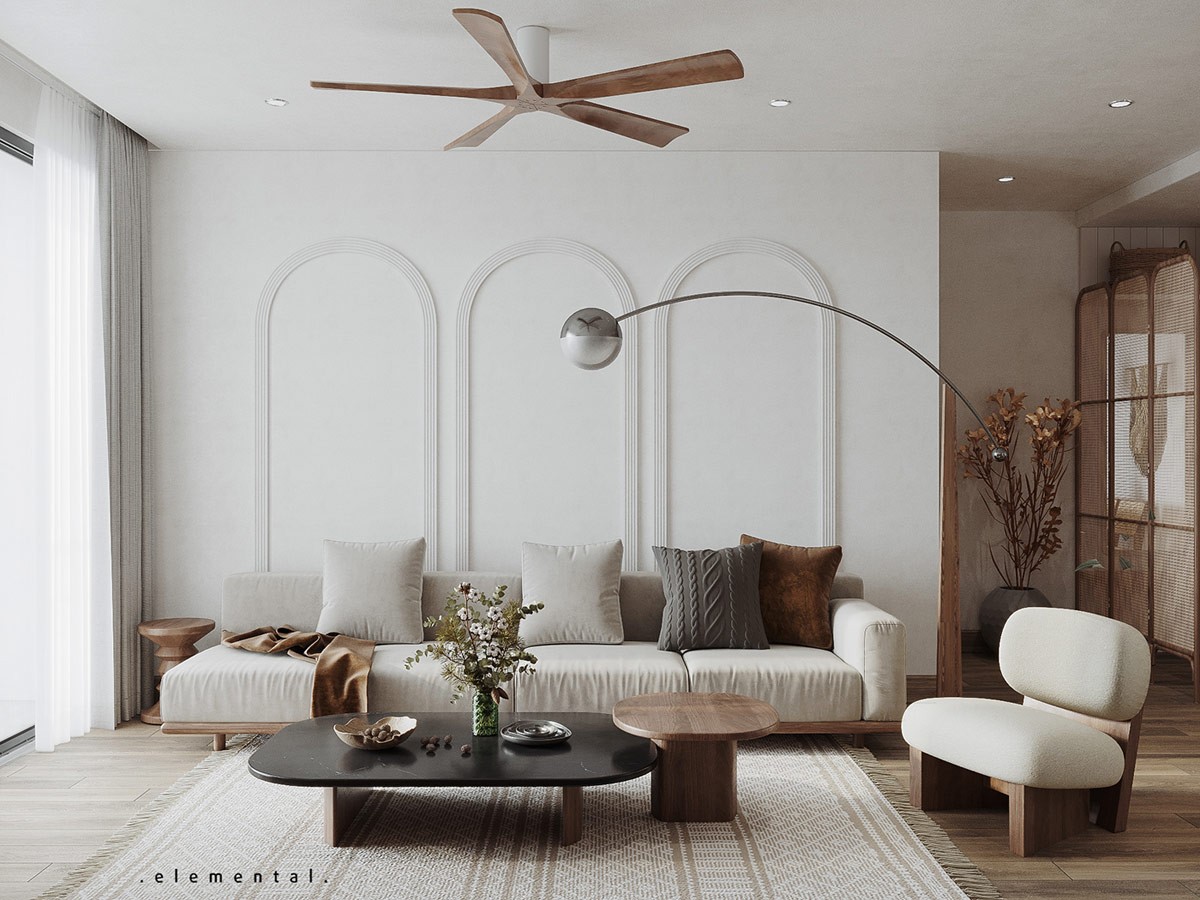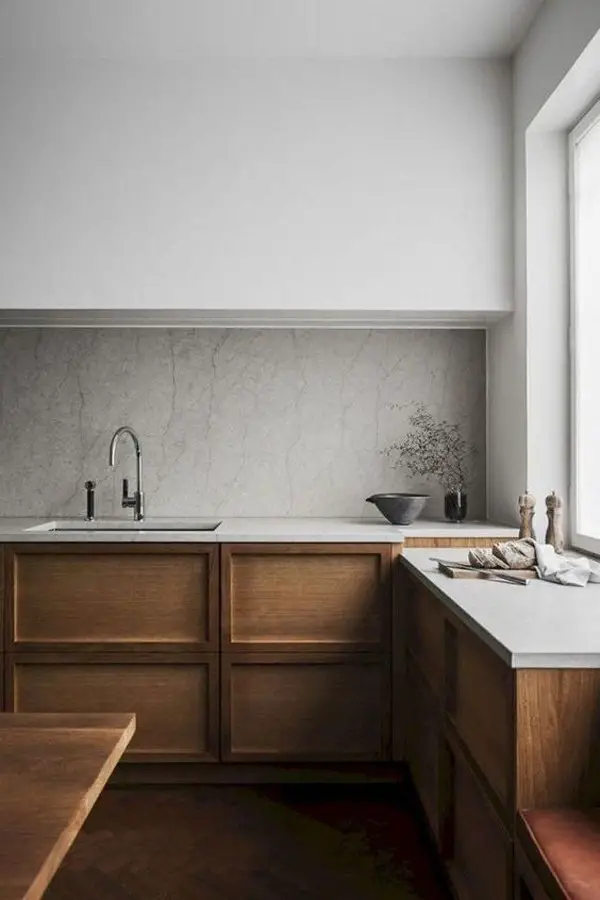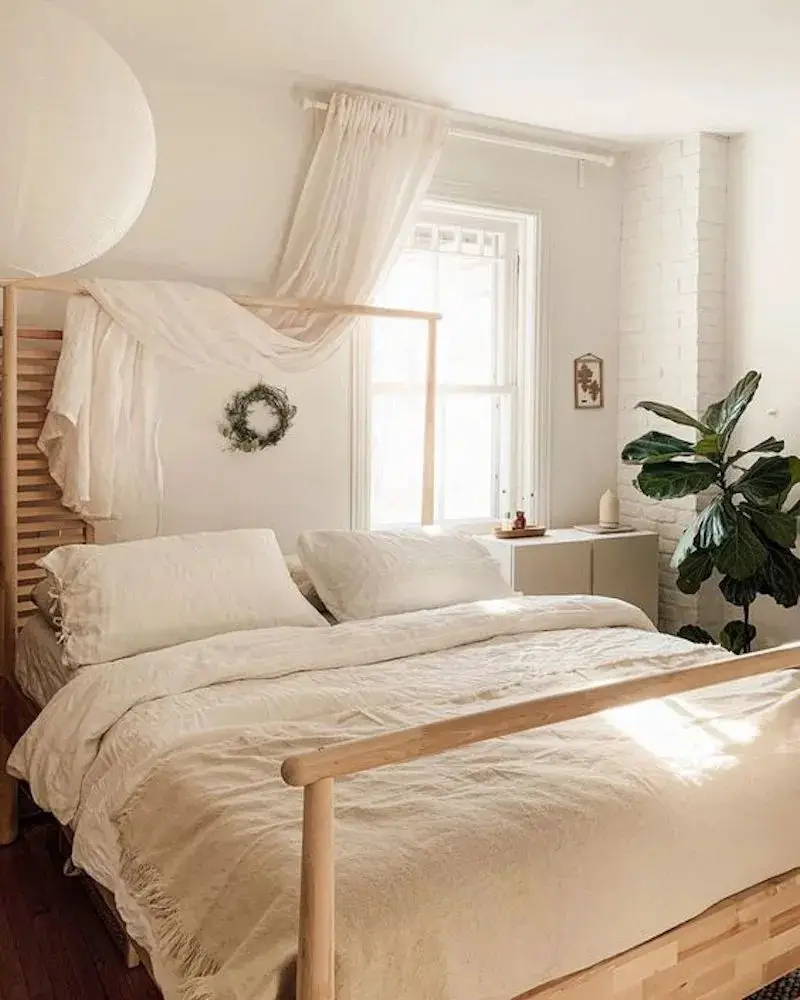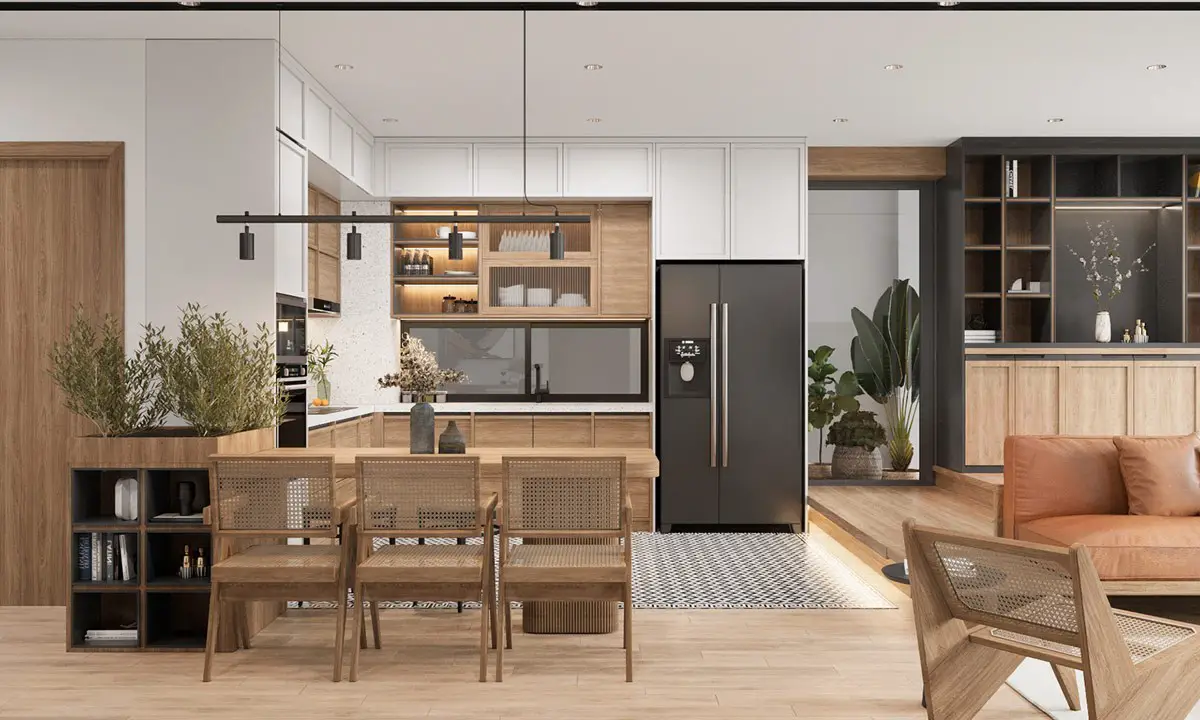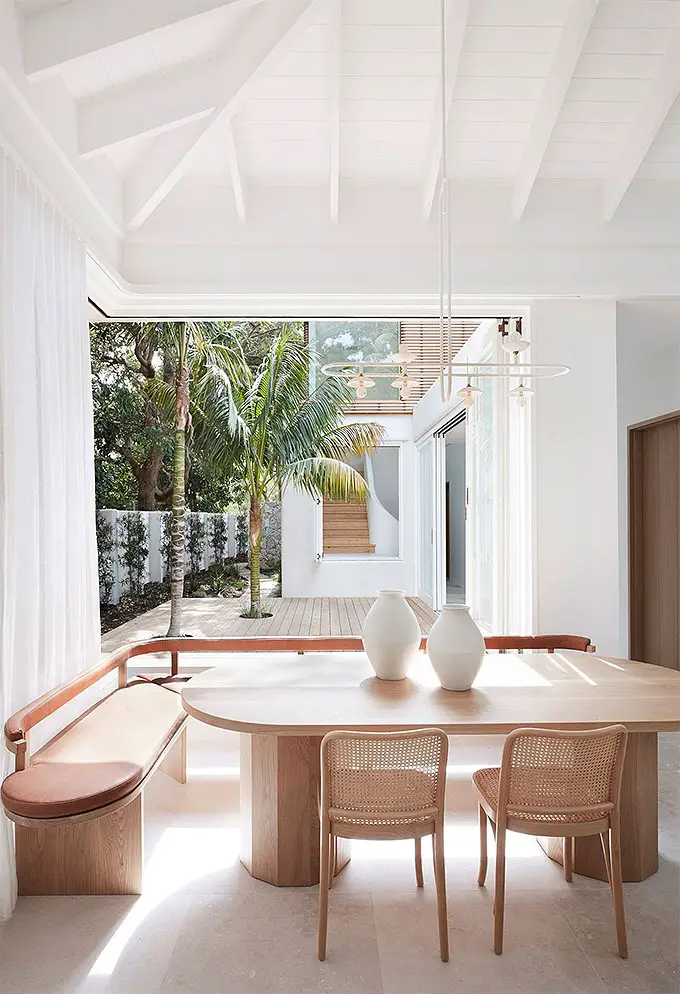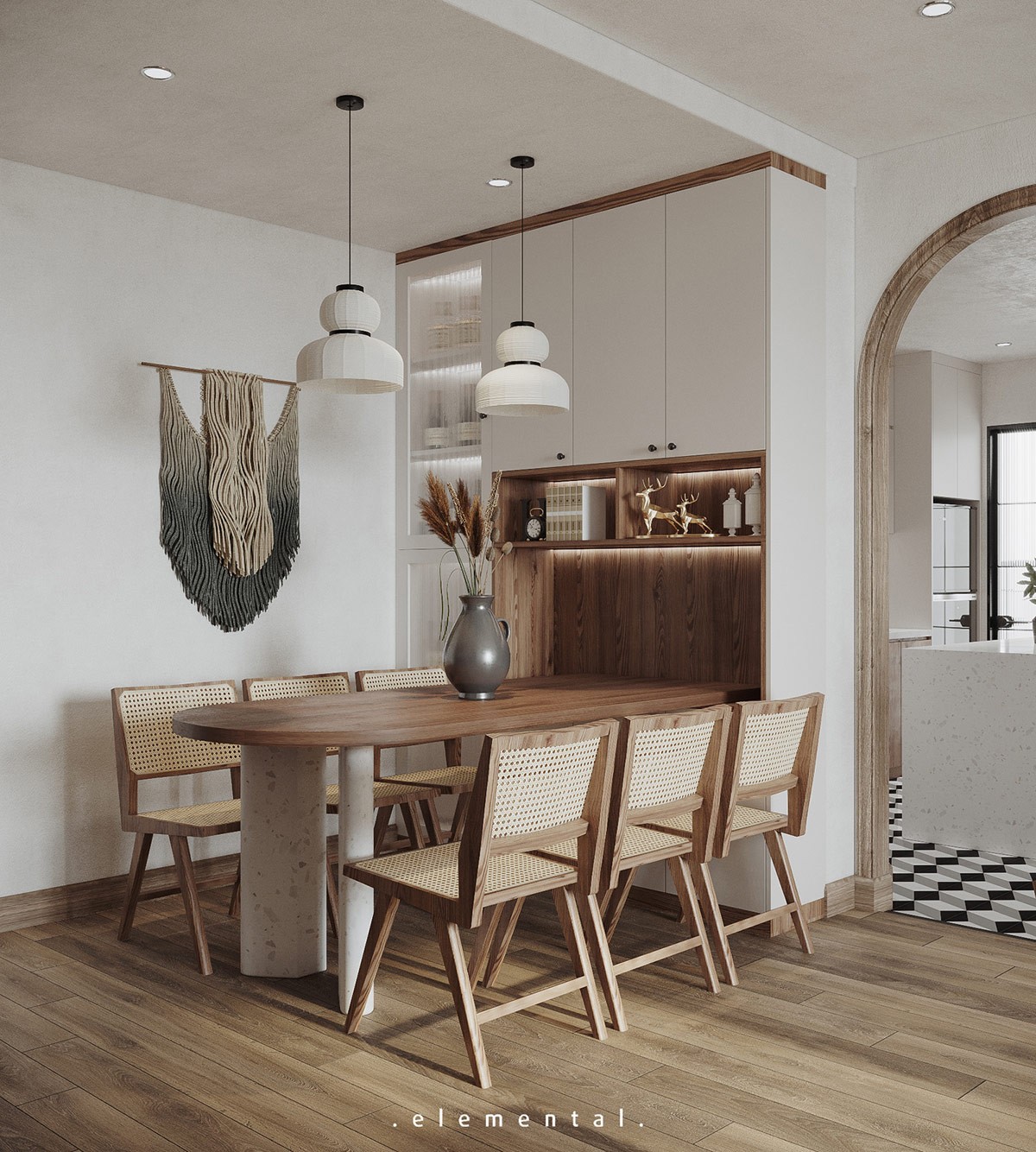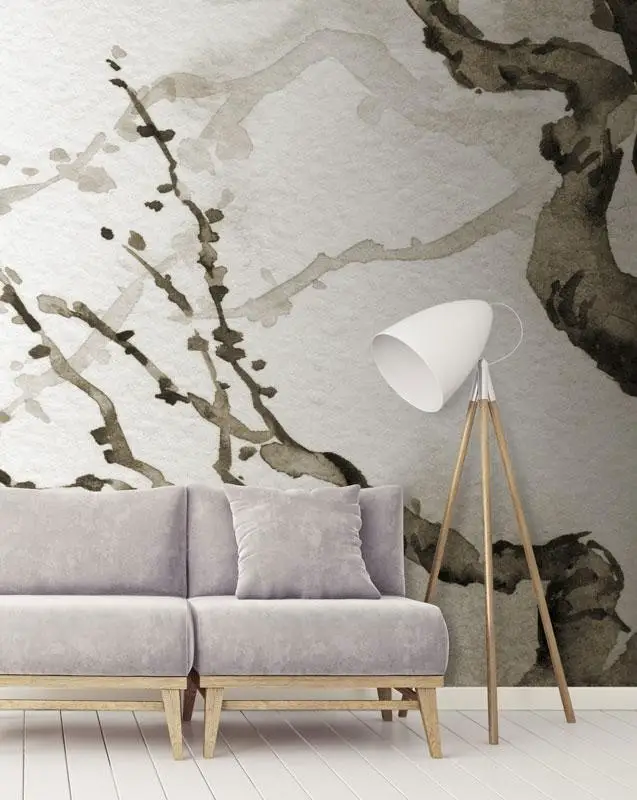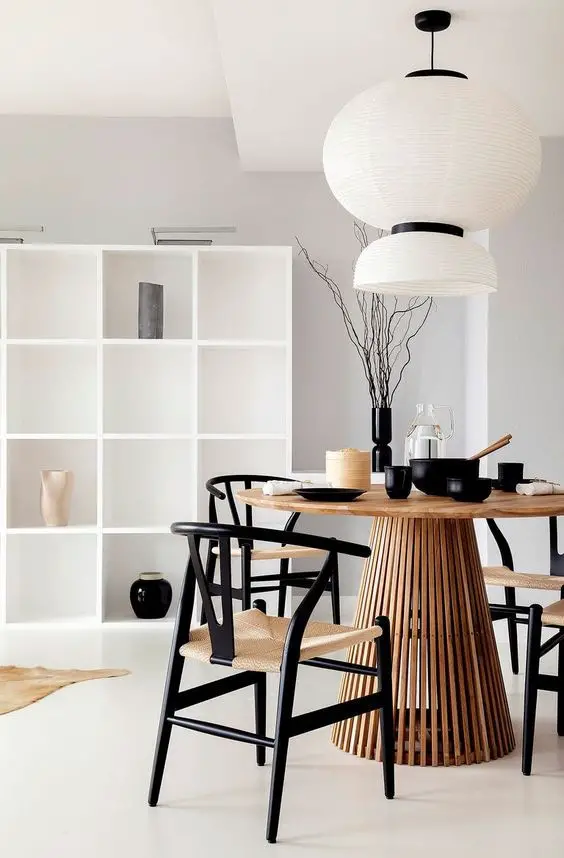In recent years, interior design has undergone a significant shift in trends. Gone are the days of bold colors and vibrant aesthetics that were once all the rage. Today, there’s a growing preference for soft, muted tones that exude calmness and serenity. This evolution is largely driven by the increasing popularity of Japandi style interior design, which emphasizes understated elegance and subtlety.
What is Japandi Style ?
Japandi, a captivating interior design trend, seamlessly fuses Japanese and Scandinavian aesthetics, marrying functional minimalism with warm, calming elements. Despite their cultural disparities, Japan and Scandinavia share core principles: an appreciation for simplicity, respect for nature, and a commitment to high-quality craftsmanship. Japandi harmoniously blends the Nordic concept of Hygge – evoking warmth and coziness – with the ancient Eastern philosophy of Wabi Sabi – embracing imperfection. This fusion creates a versatile style that can be effortlessly incorporated into any room, particularly large open spaces. Japandi’s defining features include: simplicity and clean lines; emphasis on natural materials like oak and light wood; warm, textured fabrics; neutral color palettes with contrasting light and dark tones; low-lying, earthy furniture; eco-friendly materials like bamboo; and a focus on quality craftsmanship.
30 Aesthetic Japandi Style Living Room & Interior Design Ideas
As you embark on designing a harmonious and contemporary Japandi-style abode, consider the following ideas as your compass. From introducing subtle nuances in the kitchen to revamping the bathroom, these suggestions will serve as a valuable roadmap for achieving a minimalist aesthetic.
Yin Yang Contrast
Incorporating yin yang colors is a crucial aspect of creating a Japandi style home. The concept revolves around combining black and white hues in a harmonious balance. To offset the stark contrast between these two extremes, Japandi design principles suggest incorporating wooden elements, such as furniture pieces, to bring warmth and coziness to the space. Furthermore, introducing natural plants that thrive in sunlight can further enhance the ambiance, resulting in a brighter and more inviting atmosphere.
Well-Curated Furniture
Blending the serenity of Japan’s natural landscapes with the understated elegance of Scandinavian minimalism, this fusion yields a unique aesthetic. Japandi style furniture stands out for its organic, curved silhouettes, which eschew sharp lines and jarring edges in favor of gentle curves that soothe the eye. A cornerstone of this design philosophy is the judicious use of natural materials, such as sturdy wood, to create pieces that are at once rustic and refined.
Japandi Style Kitchen
In Japandi design, leaving elements unpretentious and rustic is a crucial aspect. A Japandi style kitchen, for instance, often incorporates natural stone instead of drywall to bring in wabi sabi elements. This approach creates a harmonious balance when paired with clean lines. A sleek yet natural dining table and chairs combination can effectively achieve this aesthetic. By embracing the juxtaposition between refined and unrefined, Japandi design masterfully blends functionality and style.
Neutral Color Schemes
In Japandi lifestyle, a neutral color palette serves as the foundation. The simplicity of gray-toned furniture, such as the sofa in the example image, blends seamlessly with abundant wood accents and Scandinavian-inspired light-colored walls. This harmonious blend is further enhanced by the prominent display of handmade products. As part of the Japandi design philosophy, it emphasizes the importance of using eco-friendly equipment that embodies a minimalist approach. By embracing this aesthetic, we are encouraged to simplify our surroundings while prioritizing sustainability.
Japandi in Children’s Rooms
While it’s common to associate Japandi style with adults’ spaces, you can actually incorporate its principles into a child’s bedroom as well. The key is to strike a balance between neutral colors and playful accents. One way to do this is by using wall posters and fabrics that feature whimsical designs or characters. This approach allows you to maintain the calm, minimalistic atmosphere characteristic of Japandi design while still injecting some fun and personality into the room. You can also bring in Japanese elements through carefully chosen furniture pieces, which can add a touch of sophistication to the space without overpowering its playful vibe. Ultimately, the goal is to create a room that’s both functional and visually appealing, with a color scheme that’s light and airy but not necessarily bright or overwhelming. For inspiration, take a look at some Japandi-style bedroom designs that successfully blend these contrasting elements.
Hygge Inspired Living Room
In this harmonious Japandi-style living room, Scandinavian Hygge’s cozy essence mingles with Japan’s understated aesthetic. The muted earthy tones of the furniture create a narrative thread, while the light-colored walls and cabinets provide a subtle backdrop. The minimalist approach is enhanced by the absence of clutter, allowing the clean lines and simplicity to shine. To inject natural elements, potted plants are strategically placed in open spaces. The striking contrast between the white and low-set dark wood Japandi-style coffee table, as well as the sound bars on the cabinet, adds depth and visual interest. A perfect blend of refinement and coziness, reminiscent of a serene oasis.
Natural and Earthy Bathroom
For those seeking serenity in their bathroom retreat, this Japandi-inspired space is sure to delight. The harmonious blend of natural earthiness and timber elements creates a peaceful ambiance. Abundant natural lighting pours in through the glass ceiling, with the wood panels above allowing a soft diffusion of light to filter through. Every element, from the sleek bathtub to the stone wall panels, serves a functional purpose while contributing to the overall sense of calm. As you ponder your own bathroom design, consider incorporating some of these soothing features to create a haven for relaxation.
Earthy and Light Kitchen
In Japandi style kitchens, neutral colors like gray, beige, and white serve as a perfect backdrop for minimalist decor. To create a harmonious space that’s both functional and visually appealing, incorporate natural materials into your design. Neutral hues can seamlessly tie in various decor elements, while wood furniture and slatted designs paired with white marble add an air of opulence.
Notice how the kitchen features ample storage along its upper walls, effectively creating a sense of openness. Large windows that frame outdoor vistas and allow natural light to flood in will beautifully integrate with the outdoors, bringing nature indoors.
Playful Children’s Room
In Japandi style bedroom ideas, compact spaces are a popular choice for creating playful yet functional areas. The children’s room showcased here successfully balances vibrancy with visual appeal by juxtaposing different colors against each other. This clever utilization of space is achieved through the harmonious blending of crisp lines and soft color palettes, preventing the overall aesthetic from appearing bland. Furthermore, the incorporation of a bookcase serves as another thoughtful touch, seamlessly integrating natural and light elements into the design.
Light and Dark Contrasts
In incorporating contrast into Japandi style kitchen designs, it’s crucial to strike a balance between light and dark elements. Scandinavian palettes typically feature soft, blonde tones, while traditional Japanese decor often incorporates darker, earthier hues. When working with an abundance of natural light in your kitchen space, it’s essential to create harmony by introducing darker accents. The yin-yang principle comes into play here, where opposing forces are brought together in a harmonious balance.
Functionality is also key when crafting Japandi-inspired interior design. Each element within the space should not only be aesthetically pleasing but also serve a purpose – much like the dark island showcased here. This emphasis on minimalism is a defining characteristic of Japandi style, where simplicity and functionality are prized above all else.
To bring everything together, Japandi designers rely heavily on natural materials in harmonious color palettes. By doing so, they create a seamless visual flow that unifies the space.
Japandi Style Living Room
In this Japandi-style living room, Scandinavian freshness blends harmoniously with subtle Asian nuances. A calming neutral and earthy color palette, punctuated by tan wood accents, creates a serene atmosphere. The incorporation of muted artwork with minimal design further enhances the space’s calmness. What truly sets this example apart is the use of a striking white patterned Japandi-style rug in the seating area, which adds depth and visual interest to the room.
Japandi in the Bathroom
In Japandi style bathrooms, harmonious colors, airy textures, and organic materials converge to create a serene ambiance. Pale wood and cane are excellent choices for fixtures and wall panels, while natural fabrics like rattan and linen bring warmth to bath mats, bath bridges, and plush towels. To maintain the space’s simplicity, storage is kept minimal with cabinets housing toiletries. Lighting plays a crucial role in setting the mood, with soft, understated options allowing natural light to dominate during the day. For contrast, darker lamp shades can be used in areas that typically receive bright lighting.
Natural Wood Furniture and Accents
In Japandi style interior design, wood plays a pivotal role in creating harmony and balance within a space. Whether incorporated into a living room or bedroom, wood elements serve as a visual anchor, breaking up the monotony of a room’s layout. This emphasis on wood is also a nod to traditional Japanese architecture, where natural materials are used to create a sense of warmth and connection to nature. In this particular design, the vanity table is strategically positioned to create a sense of separation from the rest of the room, while soft, neutral lighting in the closet provides a calming atmosphere that promotes relaxation. To further enhance this ambiance, incorporating plants into the space can have a profound impact on its overall feel, inviting a sense of serenity and calm.
Wabi Sabi Japandi
Wabi sabi, a philosophy that celebrates imperfection, is at the heart of Japandi style living rooms. The aesthetic is characterized by simplicity, asymmetry, and subtlety, where beauty is found in the imperfect. This approach to interior design encourages mindful living and slow movement, resulting in a harmonious coexistence of diverse elements. Each piece is carefully selected to serve a purpose and tell a story, rather than simply filling space. The overall atmosphere is one of calmness and serenity, with natural textiles and soft shapes adding warmth and texture.
Outdoor Japandi
The concept of Japandi style homes is incomplete without considering the harmony between indoor and outdoor spaces. In this context, we cannot overlook the importance of outdoor areas such as patios, balconies, and gardens. To achieve a cohesive look that embodies the essence of Japandi design, apply the same principles used inside to these outdoor spaces. This includes incorporating clean lines, earthy tones, and natural materials, which will seamlessly blend with the indoor environment.
Dark Japandi Bathroom
Bathroom designs that incorporate Japandi style often evoke the serenity of a spa, with sleek lines and calming atmospheres. While traditional bathrooms often feature white or light-colored decor, incorporating dark elements can lead to unexpected and inspiring design possibilities.
In this example, the use of slatted wood in a darker hue adds an air of mystery, subtly nodding to Japanese decor. The free-form single-tone bathtub contributes to the minimalist aesthetic, while the earthy tone tile floor creates a sense of balance and harmony.
Warm and Natural Fabrics
Japandi style bedroom designs are characterized by a harmonious blend of warm tones and natural fabrics. The color palette, which combines bright Scandinavian elements with dark, rich earthy Japanese hues, creates a soothing yet striking atmosphere. This unique fusion is reflected in the bedroom’s textiles, such as the comforter and woven wool throw, which exude a sense of effortless elegance.To add an extra layer of visual interest to your Japandi-inspired bedroom, consider incorporating soft pastel shades like blue, pink, or green. These subtle pops of color will help balance out the warmth of the earth tones and natural design, creating a calming and inviting space.
Light and Natural Materials
Incorporating simple, clean lines can significantly enhance the aesthetic appeal of Japandi-style kitchen design. The harmonious interplay between soft colors is particularly striking in this example, where light-colored wood and natural patterned marbles create a refined yet understated atmosphere. Furthermore, this space effectively demonstrates how to curate displays without cluttering the area, a hallmark of Japandi style homes. Rather than over-accessorizing, focus on selecting items that serve a purpose or possess inherent value, allowing their unique qualities to shine through.
Traditional Meets Luxe
In Japandi style living rooms, harmonious contrast is a fundamental principle. Scandinavian design often favors modernity, whereas Japanese aesthetics tend towards tradition. By blending these opposing elements, you can create a striking balance, as exemplified in this instance. The warm, earthy hues of the decor and accessories beautifully complement the sumptuous textures and luxurious fabrics. Furthermore, the space remains uncluttered, allowing for effortless navigation.
Handpicked Elements
In the realm of Japandi interior design, meticulous attention is given to selecting artisanal pieces that exude high-quality craftsmanship. As such, it’s imperative to incorporate elements that embody these characteristics into your decorative choices. To achieve this aesthetic, focus on introducing earthy textures and soothing, zen-inspired accents. Natural materials like vases, plates, claypots, cups, and glasses in muted color palettes will beautifully complement the Japandi style.
Heritage Japandi Bathroom Decor
In Japandi-style bathrooms, a striking visual balance is achieved through the juxtaposition of contrasting elements. This particular design exemplifies this harmony, with crisp white walls serving as a canvas for the dark, rich flooring that adds depth and sophistication. The introduction of natural materials, such as timber, brings warmth and organic charm to the space, while the freestanding bath and vessel basins further enhance the visual interest through their clever use of black and white hues. This thoughtful blend of textures and colors creates a sense of balance and serenity, making this bathroom design truly captivating.
Modern Low Style Furniture
In this Japandi-inspired setting, a low-to-the-floor coffee table serves as a perfect exemplar of the style’s understated elegance. The harmonious union between the sofa and coffee table is striking, with both pieces sharing a similar height and color palette that creates a sense of continuity. The arching lamp adds a thoughtful touch, mirroring the arched wall molding and contributing to the overall aesthetic cohesion. As you move through the space, you’re enveloped by a cohesive design narrative, where every piece of furniture and decorative element seems to organically flow together within the earthy color palette that defines Japandi style.
Minimalist Kitchen Decor
The Japandi style kitchen strikes a perfect balance between simplicity and sophistication, where clean lines, elegant countertops, and earthy cabinets come together to create a harmonious space. One of the key benefits of this design is its ability to make even small kitchens feel more spacious, thanks to the clever use of space-saving cabinetry. The combination of light wood tones and smooth marble adds a touch of luxury, elevating the overall ambiance and making it perfect for entertaining or everyday cooking.
Low Profile Decor
In a Japandi-style bedroom, a key element is incorporating low-profile design elements that create a sense of grounding. This emphasis on simplicity allows for a more airy atmosphere, drawing attention away from specific views and creating a cohesive visual flow. To further enhance the calming ambiance, opt for bedspreads made from natural fibers in neutral hues. When it comes to Japandi-style furniture, feel free to experiment with different wood types and styles, but prioritize using natural materials to maintain the essence of this home style.
Open Layout Spaces
Japandi style seamlessly merges traditional Asian influences with modern Scandinavian serenity, resulting in a harmonious blend of cultures. In this Japandi-inspired kitchen, notice how the layout prioritizes practicality and functionality, allowing for effortless movement. The fluid transition between the lounge, kitchen, and dining areas also reflects the importance of spatial flow in Japandi design. Furthermore, the two-toned color scheme adds visual interest, making the space feel more expansive and airy. Finally, incorporating natural plants creates a seamless connection to the outdoors, further blurring the lines between indoors and out.
Bring the Outdoor Indoors
As Scandinavian and Japanese cultures share a deep affinity with nature, it’s no surprise that Japandi style homes seamlessly blend the two. Characterized by open-plan spaces that dissolve the boundary between indoors and outdoors, this aesthetic is deeply influenced by Japan’s connection to the natural world. To further amplify this harmony, consider creating easy access to outdoor areas or supplementing the lack thereof with lush indoor foliage. Bonsai and bamboo plants, in particular, possess a calming presence that can significantly impact the ambiance of your home.
Two Toned Decors
In Japandi-inspired interior design, innovative solutions often lead to seamless spaces. The dining room in this example showcases such innovation with cleverly integrated storage units that effortlessly complement the attached dining table, resulting in a space-saving layout. This harmonious arrangement is further enhanced by the incorporation of natural elements, including the macrame wall hanging featuring organic fibers. The natural wood and rattan dining chairs also blend seamlessly into the overall aesthetic. For a touch of modernity, the JH4 pendant lights add a warm glow when lit, subtly rounding out the design. Those interested in exploring the art of macrame can find inspiration in the 50 DIY patterns and tutorials available for reading.
Japandi on Walls
Incorporating texture and visual interest into a Japandi-style living room can be achieved through the strategic use of minimalist wallpaper. This design element serves as an excellent means of introducing serene, artistic flair to interior spaces. The featured wall, adorned with an ink blossom mural, draws inspiration from traditional Japanese ink calligraphy, effectively transporting the viewer to a tranquil, Far Eastern environment.
The room’s overall aesthetic is further enhanced by its adherence to Japandi style principles – think plain white flooring, stark white lamp stands atop natural bamboo wood bases, and low-profile furniture pieces that pay homage to classic Japanese design. The muted, airy color palette of the cushions and upholstery seamlessly integrates with the surrounding decor, fostering a sense of harmony and cohesion throughout the space.
Quality Craftsmanship
While Japandi style furniture emphasizes natural materials and exceptional craftsmanship, this example showcases Scandinavian elements, such as the prominent white storage case. The key to achieving harmonious space lies in uncluttered and organized decor. The black and neutral chairs create a striking contrast with the round wood table, while the pendant lamp adds dimension and the black tableware provides a sophisticated touch. These elements converge to highlight the yin-yang energy that is fundamental to Japanese design principles.
Light Drapes for Natural Light
Embracing Japandi style in home decor often involves embracing natural light, which can be achieved by opting for Roman shades, light curtains, or neutral blinds instead of heavy drapes. This approach not only allows for a more airy feel but also reduces the need for expensive window treatments and drapes. The resulting space will be filled with a sense of calmness, thanks to the natural-toned walls that provide a clean backdrop for your interior design. If you’re inspired by these ideas, consider pinning this article for future reference or saving it on your ‘Home Decor DIY Projects and Crafts’ Pinterest board.

